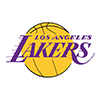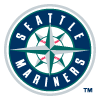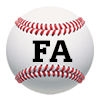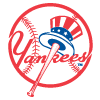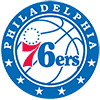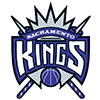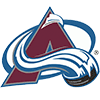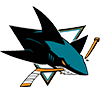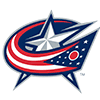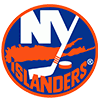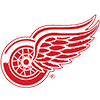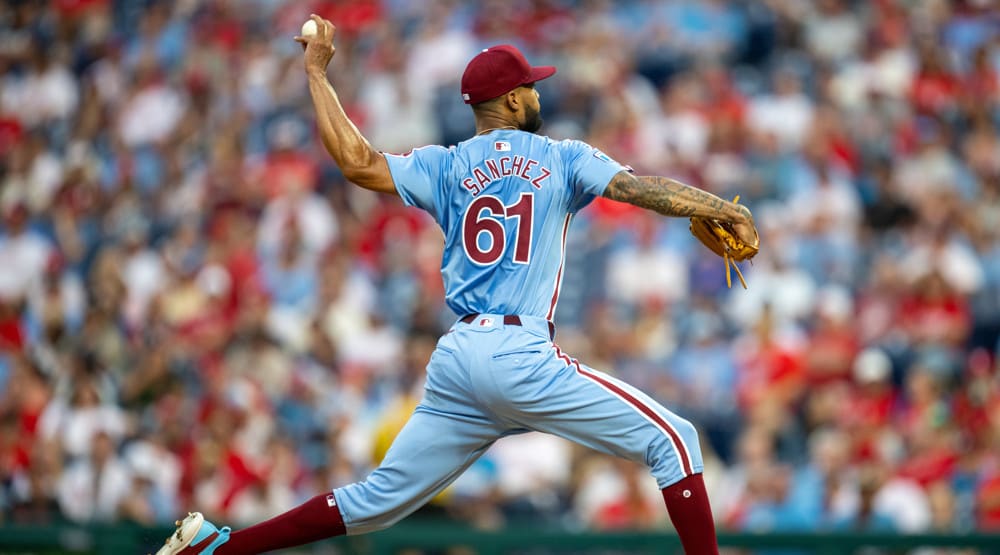A few weeks back, I noticed that many of this season's breakouts saw a major jump in their spring training contact rate (Contact%). Instead relying on a sample size of seven players, I extended the study and found a solid link between spring training contact rate and regular season results.
Note: The only place I know of that has spring training contact rate is FanGraphs in this player table. I'm trying to get information added to the Spring Training Leaderboard.
Background
For the study, I examined hitters since 2008 who had at least 20 spring training plate appearances and at least 100 major-league plate appearances in back-to-back seasons. In all, 5,006 hitter seasons met the criteria.
Then I found the difference in spring training contact rate between the two seasons. Additionally, I calculated the changes in regular season contact rate, strikeout rate, batting average and OPS.
Results
For the first table, I determined the percentage of players who saw in-season improvement in the four categories, knowing the preseason contact rate change.
Note: No hitter saw more than a 50 percent change in spring training contact rate (positive or negative).
Min ST Contact% Change | Max ST Contact% Change | Contact% | K% | AVG | OPS |
|---|---|---|---|---|---|
40% | 50% | 100% | 100% | 60% | 80% |
30% | 40% | 59% | 48% | 52% | 53% |
20% | 30% | 59% | 62% | 45% | 41% |
10% | 20% | 50% | 54% | 43% | 41% |
0% | 10% | 48% | 47% | 41% | 42% |
-10% | 0% | 45% | 45% | 45% | 44% |
-20% | -10% | 42% | 40% | 42% | 46% |
-30% | -20% | 37% | 43% |
A few weeks back, I noticed that many of this season's breakouts saw a major jump in their spring training contact rate (Contact%). Instead relying on a sample size of seven players, I extended the study and found a solid link between spring training contact rate and regular season results.
Note: The only place I know of that has spring training contact rate is FanGraphs in this player table. I'm trying to get information added to the Spring Training Leaderboard.
Background
For the study, I examined hitters since 2008 who had at least 20 spring training plate appearances and at least 100 major-league plate appearances in back-to-back seasons. In all, 5,006 hitter seasons met the criteria.
Then I found the difference in spring training contact rate between the two seasons. Additionally, I calculated the changes in regular season contact rate, strikeout rate, batting average and OPS.
Results
For the first table, I determined the percentage of players who saw in-season improvement in the four categories, knowing the preseason contact rate change.
Note: No hitter saw more than a 50 percent change in spring training contact rate (positive or negative).
Min ST Contact% Change | Max ST Contact% Change | Contact% | K% | AVG | OPS |
|---|---|---|---|---|---|
40% | 50% | 100% | 100% | 60% | 80% |
30% | 40% | 59% | 48% | 52% | 53% |
20% | 30% | 59% | 62% | 45% | 41% |
10% | 20% | 50% | 54% | 43% | 41% |
0% | 10% | 48% | 47% | 41% | 42% |
-10% | 0% | 45% | 45% | 45% | 44% |
-20% | -10% | 42% | 40% | 42% | 46% |
-30% | -20% | 37% | 43% | 42% | 49% |
-40% | -30% | 42% | 46% | 50% | 50% |
-50% | -40% | 33% | 50% | 17% | 17% |
For the hitters who changed their spring training contact rate, their regular season contact rate followed, but not by as much. While the batters saw more contact, changes in strikeout rate, batting average and OPS are not as obvious.
Now, here is a table of the average change in regular season values, knowing the change in spring training contact rate.
Min ST Contact Change | Max ST Contact% Change | Contact% | K% | AVG | OPS |
|---|---|---|---|---|---|
40% | 50% | 2.5% | -3% | .000 | .007 |
30% | 40% | 1.1% | -1% | -.001 | -.002 |
20% | 30% | 0.8% | -1% | -.004 | -.013 |
10% | 20% | 0.1% | 0% | -.006 | -.019 |
0% | 10% | -0.2% | 0% | -.007 | -.021 |
-10% | 0% | -0.3% | 0% | -.004 | -.013 |
-20% | -10% | -0.7% | 1% | -.006 | -.012 |
-30% | -20% | -0.8% | 1% | -.005 | -.009 |
-40% | -30% | -2.1% | 3% | -.005 | -.017 |
-50% | -40% | -1.8% | 2% | -.026 | -.087 |
The regular season contact rate and strikeout rate changes are discernible, especially for a batter who improves his spring training contact rate by at least 20 points. And again, the average and OPS changes aren't steady, with values bouncing around.
I decided to plot the average changes for the 10 above groups for spring training contact rate and regular season strikeout rate.
A decent correlation, so here is the expected change in regular season strikeout rate, knowing the change in spring training contact rate.
ST Contact% Change | Regular season K% Change |
|---|---|
40% | -2.2% |
30% | -1.6% |
20% | -1.1% |
10% | -0.5% |
0% | 0.0% |
-10% | 0.5% |
-20% | 1.1% |
-30% | 1.6% |
-40% | 2.2% |
Looking for batters with a 20% improvement is huge, knowing that a one-point drop in strikeout rate during the regular season would be an improvement.
Here are the batters who saw a 20-point improvement in their spring training contact rate this past season:
| Name | 2024 ST Contact% | 2025 ST Contact% | ST Contact% Change | Regular Season Contact% Change | K% Change | AVG Change | OPS Change |
|---|---|---|---|---|---|---|---|
| Miguel Vargas | 57.5% | 88.6% | 31.1% | 0.7% | -6.5% | .084 | .211 |
| Marcell Ozuna | 46.8% | 77.8% | 31.0% | 5.3% | -0.4% | -.070 | -.169 |
| Austin Slater | 50.0% | 80.4% | 30.4% | 4.9% | 3.6% | .007 | .056 |
| Dylan Moore | 52.5% | 80.9% | 28.4% | -8.2% | 5.9% | .000 | -.045 |
| Matt Olson | 48.7% | 74.7% | 26.0% | -0.4% | -0.5% | .026 | .060 |
| Andy Pages | 60.0% | 83.6% | 23.6% | 2.4% | -2.7% | .024 | .061 |
| Pete Crow-Armstrong | 54.7% | 78.3% | 23.5% | -0.1% | 0.1% | .010 | .097 |
| Shea Langeliers | 65.3% | 88.7% | 23.4% | 3.9% | -7.5% | .052 | .123 |
| Dominic Canzone | 54.9% | 77.6% | 22.7% | 6.9% | -6.2% | .104 | .187 |
| Willi Castro | 56.2% | 78.5% | 22.3% | 0.8% | 0.8% | -.021 | -.037 |
| Mitch Garver | 55.7% | 77.9% | 22.2% | -1.5% | -3.3% | .037 | .012 |
| Orlando Arcia | 62.3% | 83.9% | 21.6% | 1.7% | 0.7% | -.016 | -.096 |
| Elly De La Cruz | 52.9% | 74.1% | 21.3% | 2.5% | -5.4% | .005 | -.033 |
| Otto Lopez | 60.6% | 81.7% | 21.1% | 3.0% | -3.5% | -.024 | -.018 |
| Travis d'Arnaud | 45.9% | 66.7% | 20.7% | -1.2% | 5.9% | -.041 | -.140 |
| Average | 54.9% | 79.6% | 24.6% | 1.4% | -1.3% | .012 | .018 |
| Median | 54.9% | 78.5% | 23.4% | 1.7% | -0.5% | .007 | .012 |
The table is full of breakouts like Pages, Crow-Armstrong, Vargas and Langeliers.
Just below the 20 percent threshold were some additional breakouts like Ben Rice (19 percent), Tyler Soderstrom (19 percent), James Wood (16 percent) and Jo Adell (16 percent).
On the other end of the spectrum, only Jonah Heim saw a 20 percent drop in his contact rate. Just 22 players experienced a drop of 10 points or more. Here is how they performed as a group:
Name | 2024 ST Contact% | 2025 ST Contact% | ST Contact% Change | Regular Season Contact% Change | K% Change | AVG Change | OPS Change |
|---|---|---|---|---|---|---|---|
Average | 82.0% | 68.6% | -13.5% | -1.2% | 1.1% | -.008 | -.021 |
Median | 81.8% | 69.4% | -12.7% | -1.3% | 1.3% | -.012 | -.015 |
No big surprises, with the values opposite that of thecontact rate gainers.
Conclusion
Comparing changes in spring training contact rates is no panacea, but for sluggers who previously struggled to make contact, it's a solid tool to find a major breakout. I'll track the values once spring training games start.
Next week, it's time to dive into guys with power upside using Barrels per Plate Appearance.







